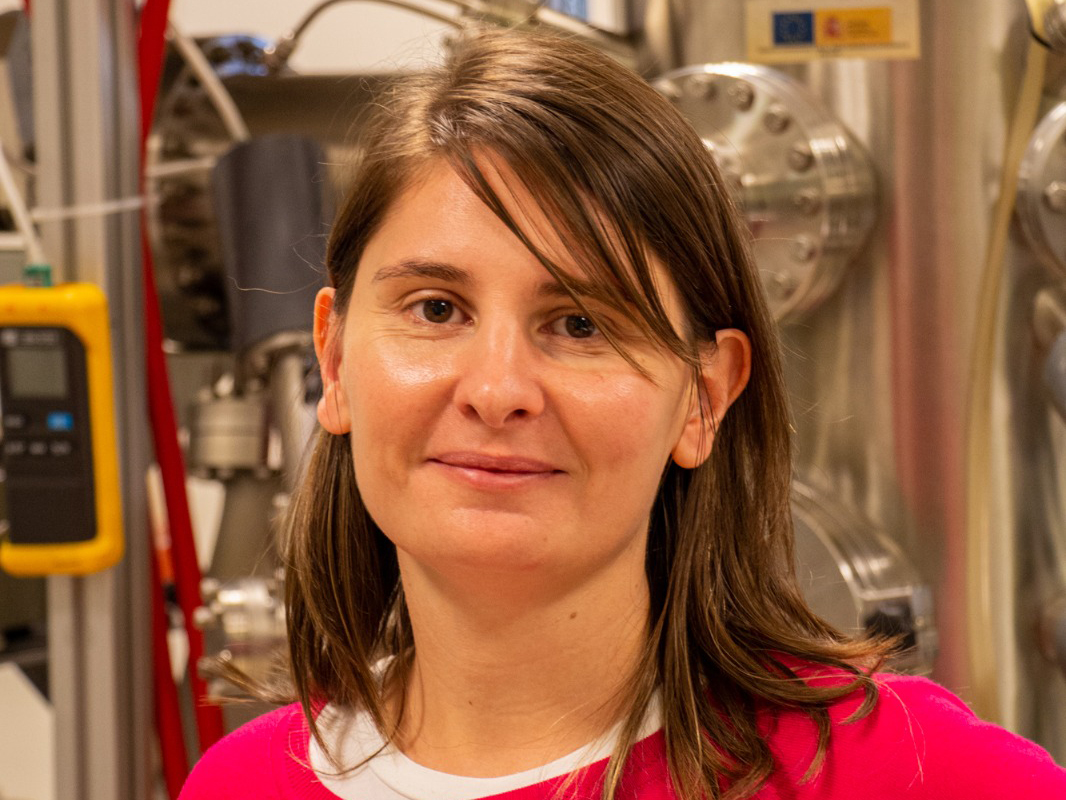Ana Borrás, a researcher at the Institute of Materials Science in Seville and head of the Surface and Plasma Nanotechnologies Group, has received the Losada Villasante Award for Research in Innovation for her work on “Analysis of advanced materials for the capture of environmental energy”. Her research is based on the concept of “multisource micro-scale energy harvesting” or environmental or residual energy harvesting and is the objective of the work her group is currently engaged in, the 3DScavengers Project.
Ana Borrás explains that kinetic, thermal and solar energies are omnipresent in our environment in various forms such as vibrations, temperature changes and gradients, solar and artificial lighting, etc. but their conversion using small-scale devices is limited due to the intermittent and random nature of these sources. In response to these limitations, the scientific community has very recently begun to consider the development of systems capable of collecting from several sources simultaneously or sequentially but using a single device, hybrid or multi-source nanogenerators.
These nanogenerators work under two principles: 1) combining different harvesters from a single source in a device, or 2) using multifunctional materials capable of simultaneously converting several energy sources into electricity. In 1), the efficiency per unit volume may decrease compared to single harvesters; in 2), major advances are still required to optimize the functionalities and sustainable large-scale manufacturing of multifunctional materials that are presented as potential candidates, such as some piezoelectric semiconductors, ferroelectric oxides and polymers, and hybrid perovskites.

The main objective of the ERC StG project 3DScavengers, which is being worked on by the Nanotechnology on Surfaces and Plasmas group, is precisely to fill the gap between these approaches by offering an “all-in-one” solution for energy harvesting from multiple sources, based on the nanoscale design of multifunctional three-dimensional materials. These nanoarchitectures will allow the individual or simultaneous conversion of ambient micro energy sources by exploiting photovoltaic, triboelectric, piezoelectric and pyroelectric effects, minimizing the environmental cost of their synthesis.

To this end, a key advance expected in this project is the demonstration of the potential of a new approach to manufacturing these devices, based on a “one-reactor” synthetic protocol. The idea is to combine in a single vacuum reactor the manufacturing and processing techniques necessary to synthesize the different components of these devices. Among these techniques, the implementation of plasma technology will allow these nanomaterials to be manufactured without the need for high-temperature processes, which is why it is hoped not only to take the step towards industrially scalable manufacturing but also towards a sustainable synthesis with a short payback for these devices.
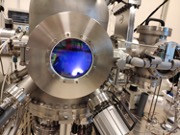
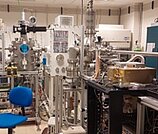
One of the main advantages of the “one-reactor” approach is that it combines manufacturing techniques such as thermal evaporation, magnetron sputtering and plasma-assisted vacuum chemical deposition, which are already used globally in the manufacturing of large-scale components for optics, microelectronics, photovoltaic panels, etc. This makes it possible to imagine the nanogenerators designed in 3DScavengers operating at very different scales, from nano and microdevices to large-scale collectors. Although the first proof of concept of 3DScavenger was to develop wearable devices for indoor and outdoor waste collection, the “one-reactor” method will pave the way for the application of 3DScavengers approaches in energy harvesting at the macro scale. More than 20% of the energy input consumed at industrial level is lost due to vibrations and variable temperature fluctuations, the recovery of even a small fraction of this lost energy would have a transformative environmental and economic impact and would advance the European sustainability agenda. Additionally, these nanogenerators can power self-powered wireless sensor networks to monitor buildings, human health and the environment or be used as an auxiliary power source for portable and wearable electronic devices, a market that will reach 75 billion devices by 2025.
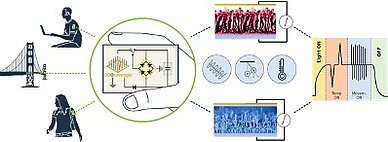
This project has just completed a year and a half of implementation at the CSIC, but the first results are already available. Thus, Ana Borrás and her group have just submitted the first European patent on the development of rain panels, based on the triboelectric effect or the capture of kinetic energy through intermittent contact. These panels would be compatible with their combination with solar panels, so that the panels would be active both under the sun and under the impact of raindrops.
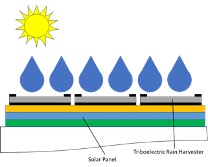
They have also demonstrated how the “one-reactor” method allows the fabrication of hybrid piezoelectric and triboelectric systems that enable the conversion of kinetic energy into low-frequency vibrations, such as those found in nature and those produced by body movement and even the voice. A major advantage of these hybrid devices is that they operate under a wide range of vibration frequencies.

Finally, it should be noted that 3DScavengers has begun to manufacture solar nanodevices. The example shown in the image may be one of the smallest solar cells ever manufactured and consists of a structure of nanoshells formed around a core, each shell adds a functionality to this nanoarchitecture and all together form a hybrid perovskite microcell.
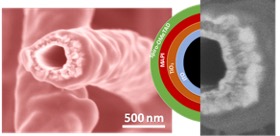
For further references:
https://3dscavengers.icms.us-csic.es/
https://cordis.europa.eu/project/id/851929/es
ENERGY HARVESTING DEVICE AND SELF-POWERED SENSOR USING THE SAME. Request for grant of a European patent; Submission number 300421722; Application number EP21382786.8
Plasma engineering of microstructured piezo – triboelectric hybrid nanogenerators for wide bandwidth vibration energy harvesting. Xabier García-Casas, Ali Ghaffarinehad, Francisco J Aparicio, Javier Castillo-Seoane, Carmen López-Santos, Juan P Espinós, José Cotrino, Juan Ramón Sánchez-Valencia, Ángel Barranco, Ana Borrás Nano Energy, 2021. NANOEN-D-21-03086R1, arXiv:2108.09692 https://doi.org/10.1016/j.nanoen.2021.106673
3DScavengers team: Ana Borrás, Juan R. Sánchez-Valencia, Lidia Contreras, Xabier García Casas, Javier Castillo Seoane, Francisco Javier Aparicio Rebollo, Ali Ghaffarinejad, Jorge Budagosky



